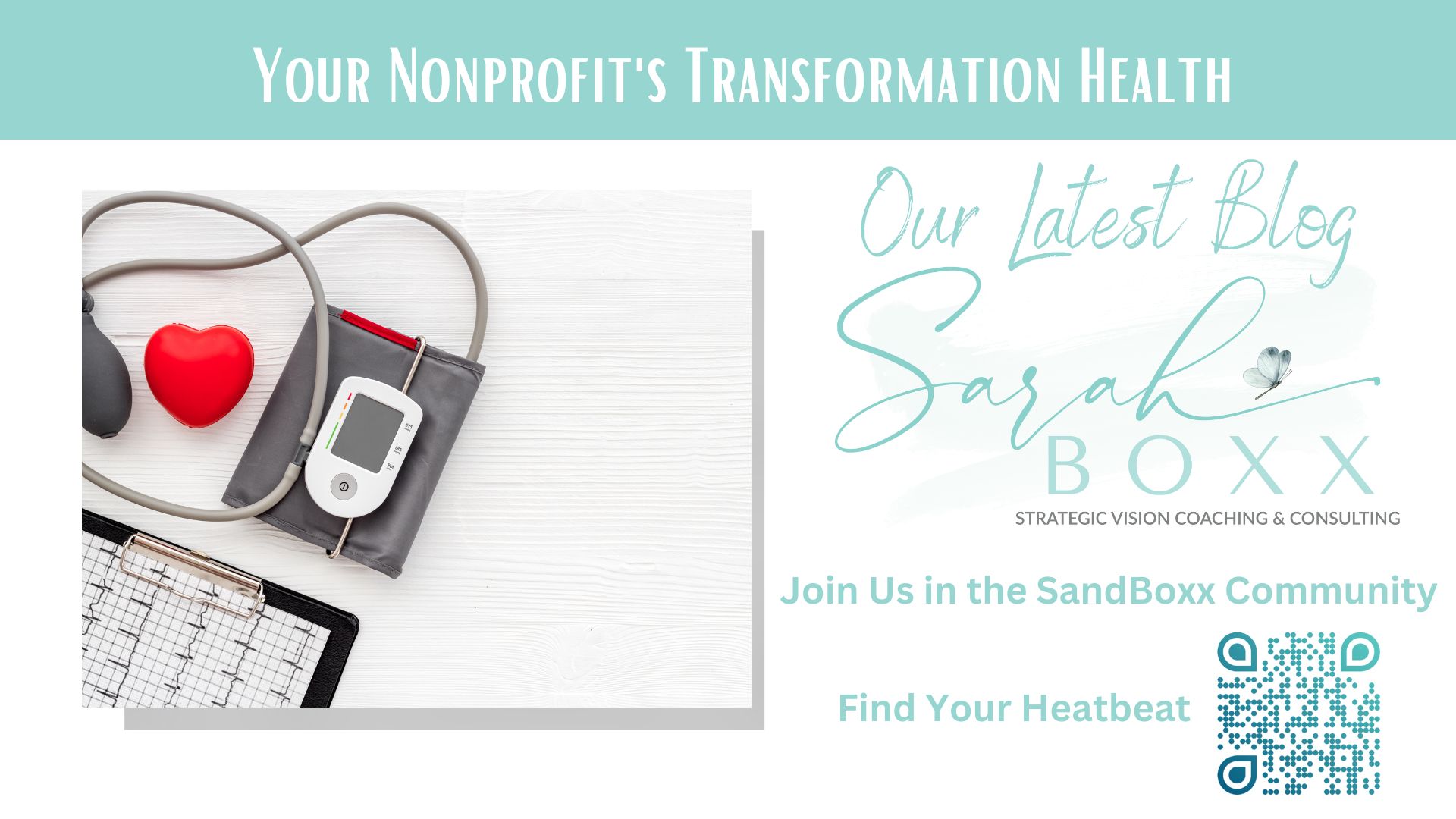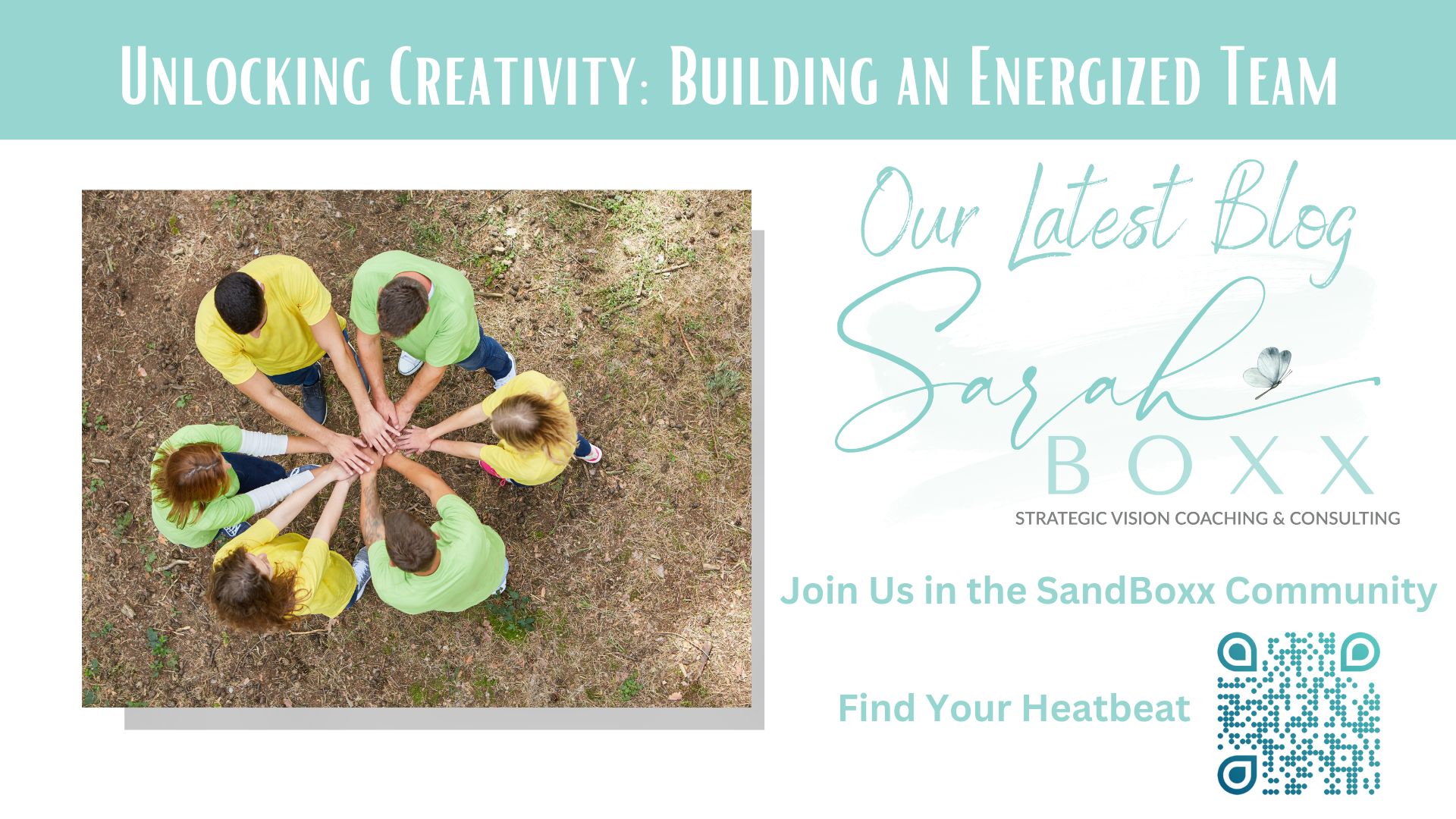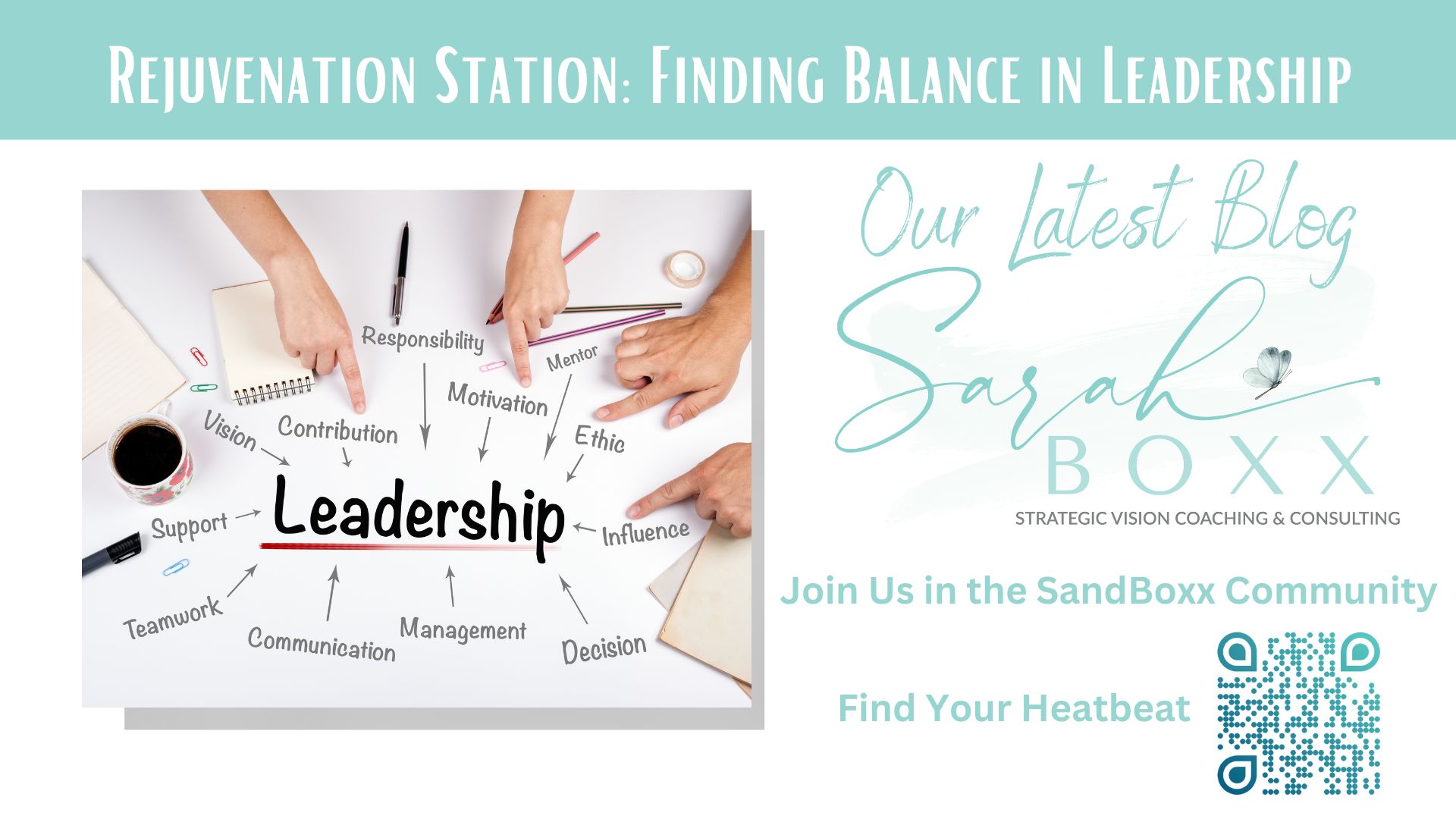Last week, we began this month’s journey by introducing the essential themes of clarity and the potential for transformation through strategic engagement in our Transformation Room Starter Experience. This week, we will focus on the crucial first step of any transformative journey: diagnosing your nonprofit’s health.
To effectively plan and communicate actions that deliver a sustainable and impactful future, it is essential to have a clear understanding of your current position.
Why Diagnosis is Necessary in Transformation
“Diagnosis is not the end, but the beginning of practice.”
— Martin Fischer, 19th century physician
A thorough diagnosis of your nonprofit’s current state is akin to a doctor’s check-up before deciding on a treatment plan. It reveals the strengths to build on and the weaknesses that require attention, ensuring that the strategies developed are informed and targeted.
Just like a check-up with your doctor, diagnostics sometimes focus on the whole body (organization), sometimes on an area that is stressed, in pain, and not functioning as well as it should (communications, staffing, finances).
The diagnostic step prevents the common pitfall of applying generic solutions that fail to address specific underlying issues, making your efforts more effective and aligned with your unique challenges and goals.
What do I mean? Three examples
- Finances. For instance, a study by the Nonprofit Finance Fund highlights the importance of regular financial assessments (a diagnostic step)to help nonprofits manage cash flow and plan for sustainability. This type of analysis can reveal critical insights into an organization’s fiscal health, guiding strategic decision-making.
- Outside-In. Gathering input from staff, donors, and the communities you serve can provide a multi-dimensional view of your organization’s impact and areas for improvement. This approach not only helps in identifying internal gaps but also strengthens relationships by valuing stakeholders’ voices.
- Friction Finding. A systematic review of your operational processes can identify inefficiencies and bottlenecks. For example, adopting lean management principles has helped many nonprofits enhance operational efficiency by streamlining critical processes and promoting organizational improvements.
What’s the Link between Diagnostics and Communications?
A thorough understanding of your nonprofit’s health directly enhances internal and external communication. A precise diagnosis ensures your messages accurately reflect your current situation and deeply resonate with your team, board, clients, and community. You lay the groundwork for robust support and transparency by keeping everyone well-informed and actively engaged. This strategic communication is vital in your Transformation Experience, fostering an environment where your nonprofit doesn’t just survive but thrives.
Stay Focused and Connected
Keep an eye out for our upcoming series on the Transformation Room Experience.
Please opt into our communications portal to learn all the details on how to participate in and benefit from this initiative. We also share valuable insights and updates through our community emails.
If you find this journey towards transformation as exciting as we do, share this with friends and colleagues who might also benefit from joining the Transformation Experience.
Let’s learn and grow together to expand your positive impact.





